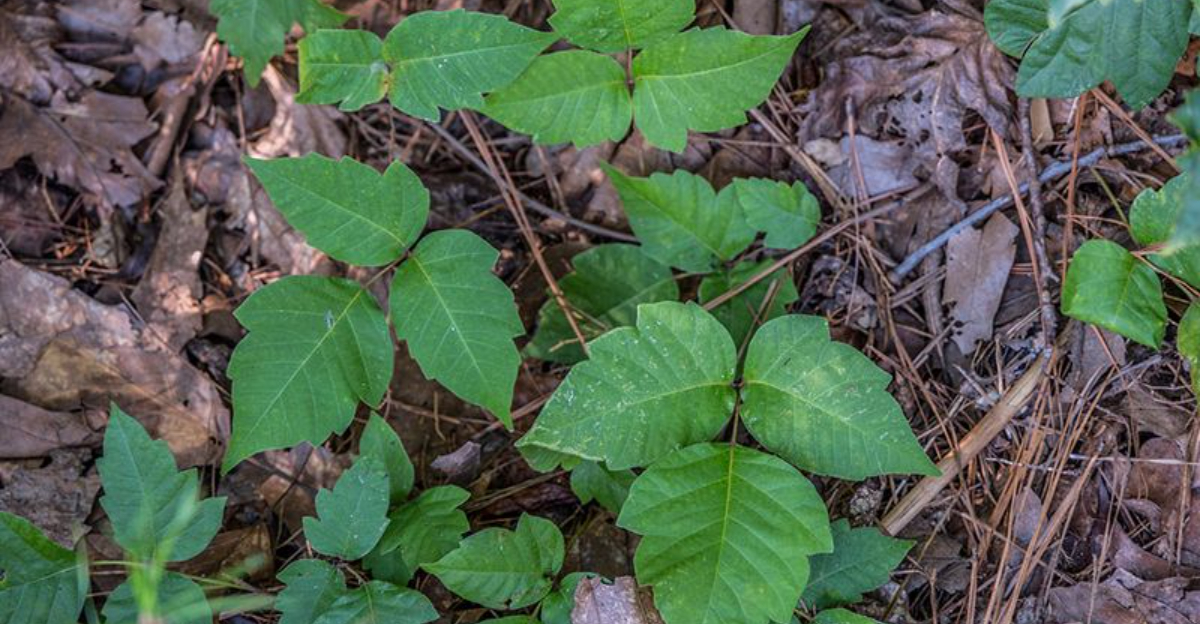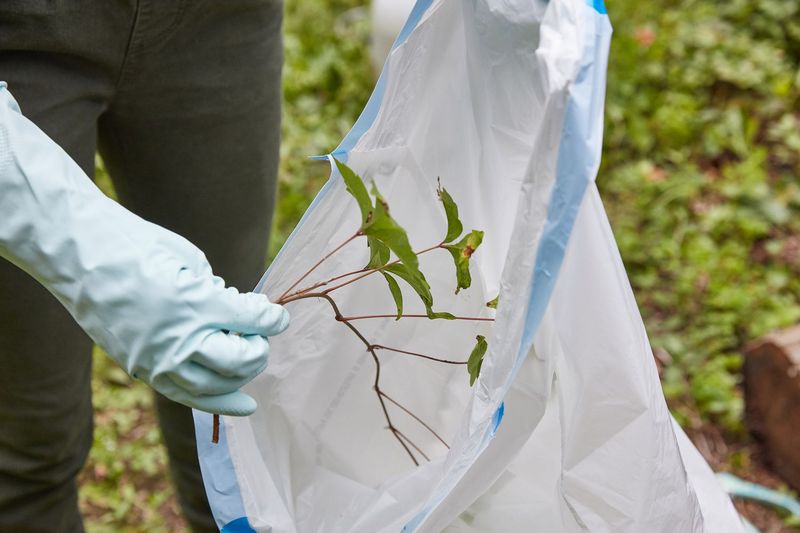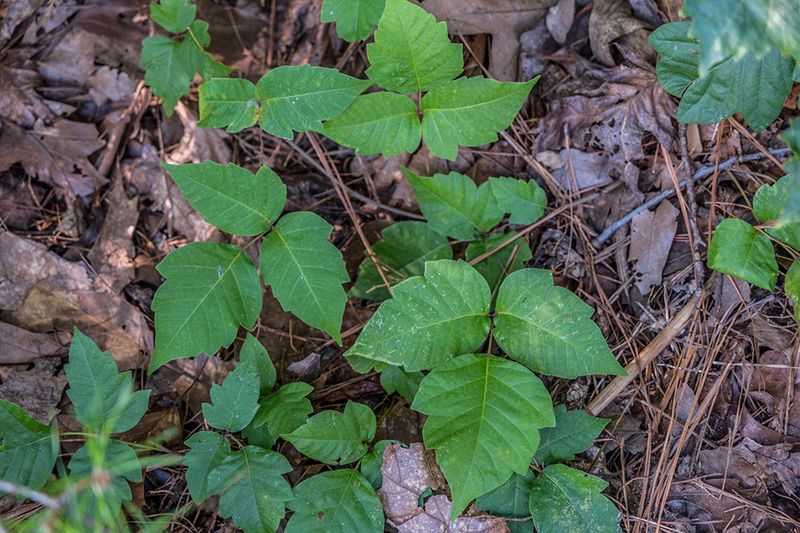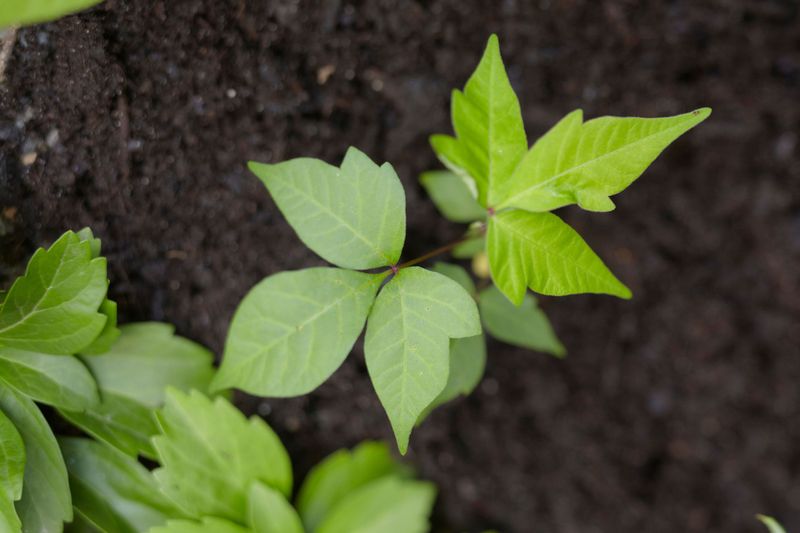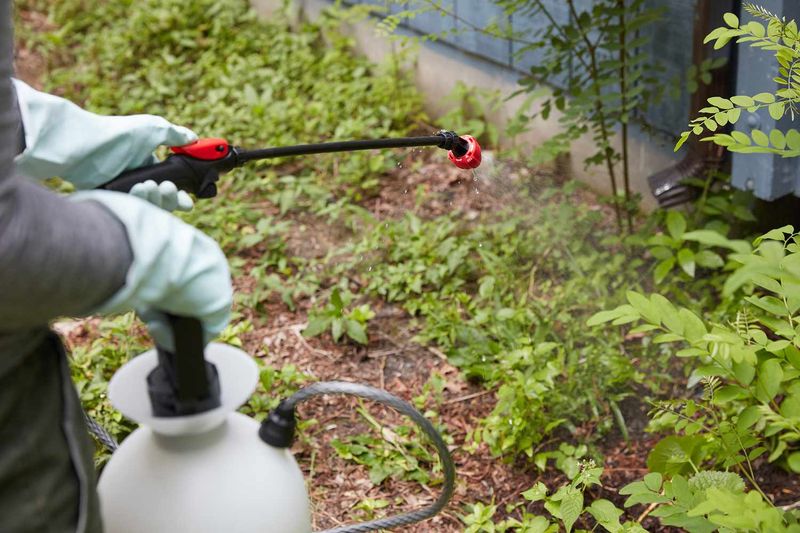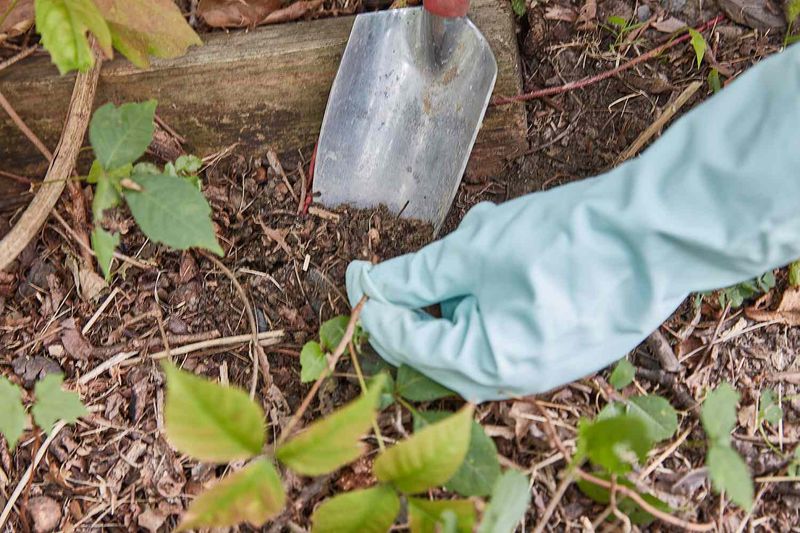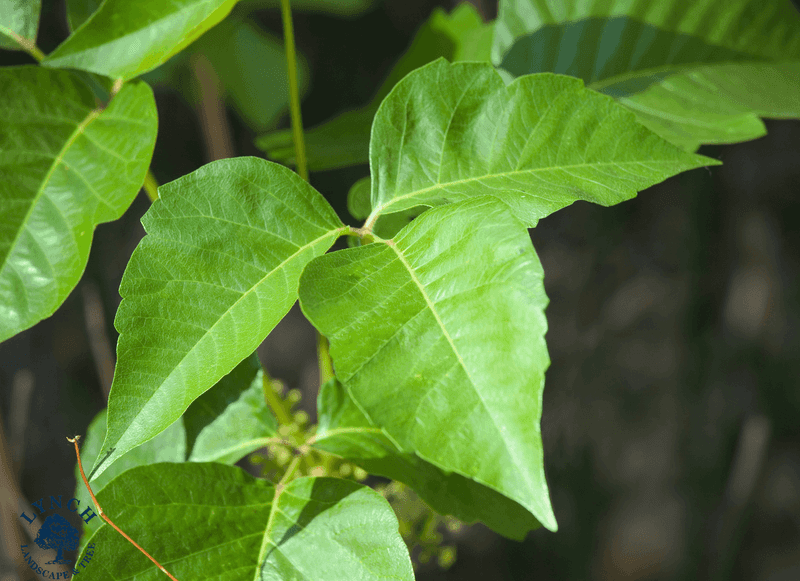I learned how stubborn poison ivy can be the day I brushed past a vine I didn’t notice and spent the next week regretting it. After that, I made it my mission to clear every patch growing along my fence line. The more I worked at it, the more I realized that guessing only makes the problem worse.
With the right methods, though, the plant loses its grip fast. A few smart steps turned a frustrating chore into something I could finally get ahead of, and my yard has been far easier to manage ever since.
1. Manual Pulling With Protective Gear
Sometimes the old-fashioned way works best. Pulling poison ivy by hand gives you total control, but you absolutely need the right protection first. Thick rubber gloves, long sleeves, pants, and even safety goggles are your best friends here.
Make sure the soil is damp before you start tugging, as this makes the roots come out easier. Bag everything immediately in plastic garbage bags and seal them tight. Never touch your face or skin until you’ve washed thoroughly with soap and cool water.
2. Boiling Water Treatment
Hot water might sound too simple, but it actually works wonders on small patches. Boiling water scalds the leaves and roots, stopping the plant from growing back quickly. Just be careful where you pour since it can harm other plants nearby too.
This method is best for poison ivy growing in cracks, along driveways, or places where nothing else is planted. You might need to repeat this a few times over several weeks. It’s cheap, chemical-free, and surprisingly effective for stubborn spots.
3. Vinegar And Salt Solution
Mixing white vinegar with salt creates a natural solution that dries out poison ivy fast. The acidity of vinegar attacks the plant’s cells while salt pulls out moisture, leaving it withered and weak. It’s a go-to trick for folks who want to avoid harsh chemicals.
Spray this mixture directly on the leaves during a sunny day for maximum impact. Keep in mind that salt can affect soil quality, so use it sparingly. Reapply every few days until you see the plant turning brown and crispy.
4. Smothering With Cardboard Or Mulch
Blocking sunlight is a slow but super effective way to weaken poison ivy. Cover the affected area with thick cardboard, then pile on mulch or wood chips to keep it weighted down. Without light, the plant can’t photosynthesize and eventually fades away.
This method takes patience since it can take several months to work fully. It’s perfect for larger areas where pulling isn’t practical. Plus, once the poison ivy is gone, you’ll have nicely mulched soil ready for new plants.
5. Herbicide Application
Chemical herbicides designed for tough weeds can tackle poison ivy head-on. Look for products containing glyphosate or triclopyr, which target the plant’s root system. Always read labels carefully and follow safety instructions to protect yourself and surrounding plants.
Apply herbicide on a calm, dry day so it doesn’t drift or wash away. You may need multiple applications spaced weeks apart for complete removal. This option works well for dense infestations where other methods feel overwhelming or too time-consuming.
6. Goat Grazing
Believe it or not, goats love munching on poison ivy and aren’t affected by its oils. Renting goats for a few days can clear large areas naturally without any chemicals or heavy labor on your part. It’s eco-friendly, oddly entertaining, and surprisingly efficient.
Many farms now offer goat rental services specifically for invasive plant control. The goats eat the leaves and stems, weakening the plant over time. Just make sure your yard is securely fenced so your new helpers don’t wander off mid-snack.
7. Digging Out The Roots
Getting rid of poison ivy permanently means tackling the root system underground. Grab a sturdy shovel and dig around the base of the plant, going at least six inches deep to catch all the roots. It’s hard work but pays off big time.
Roots left behind can sprout new plants, so be thorough and patient. Dispose of roots in sealed bags, never compost them. Wash your tools and clothes right after to avoid spreading the irritating oils around your yard or home.
8. Professional Removal Service
Sometimes calling in the pros is the smartest move, especially if poison ivy has taken over large sections of your property. Professional removal services have the right equipment, experience, and chemicals to handle the job safely and completely. It saves you time, stress, and potential skin reactions.
They’ll also advise you on preventing regrowth and treating affected areas afterward. While it costs more upfront, you get peace of mind knowing the problem is handled correctly. Perfect for busy homeowners or severe infestations that feel overwhelming.

